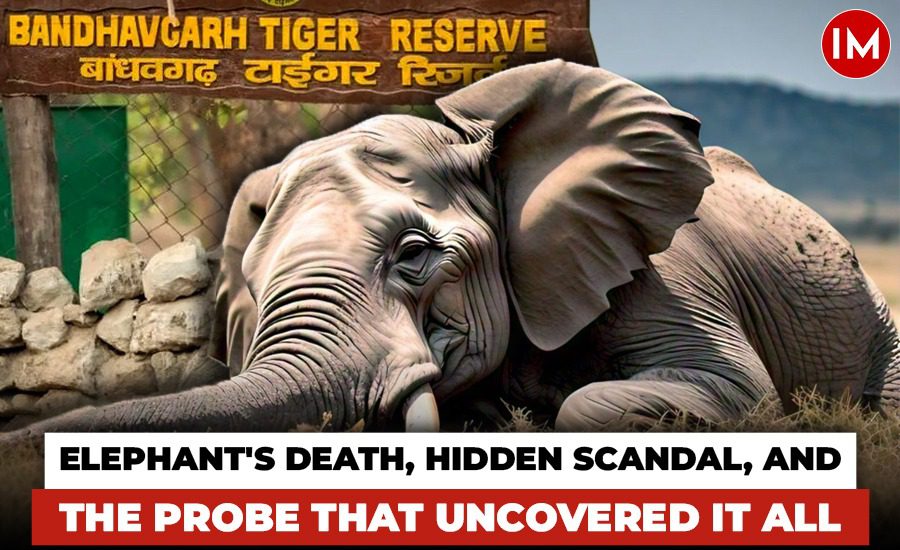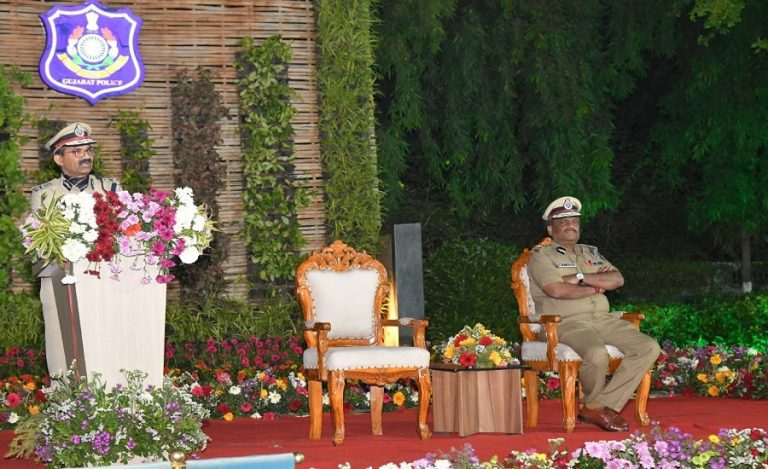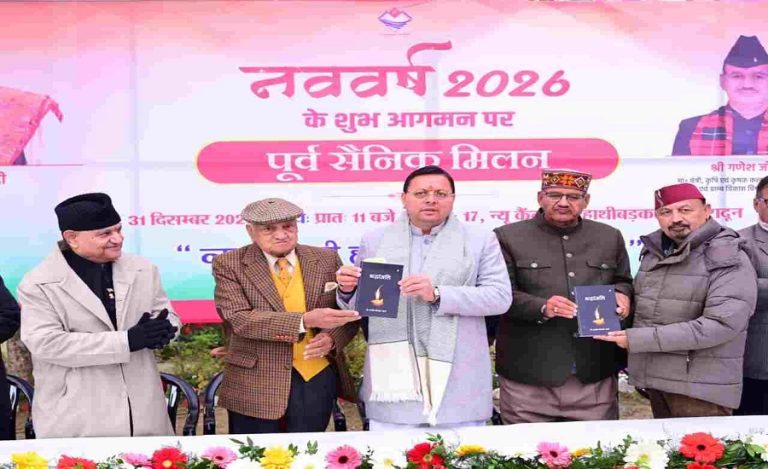On November 24, 2022, deep within the Panpatha Range of Madhya Pradesh’s Bandhavgarh Tiger Reserve, a local resident stumbled upon a harrowing sight—a decomposed elephant carcass. The discovery should have set off alarm bells and immediate action, but instead, it became the center of a tragic tale of negligence, personal struggles, and the subsequent cover-up of a majestic creature’s death.
A Grim Discovery
Forest Guard Kamla Prasad Kol, the first official informed of the dead elephant, did not act on this discovery as one might expect. Instead, he phoned his superior, Panpatha Buffer Range Officer Shil Sindhu Shrivastava, who shockingly instructed Kol to “leave the elephant carcass as it was.” For an entire month, the carcass lay abandoned, decaying further, as the men responsible for the forest’s protection chose silence over duty.
When Kol informed Shrivastava a month later that the remains were now mostly skin and bones, Shrivastava’s response was even more alarming. The Range Officer ordered the remains to be burned, and so, Kol, with the help of forest workers, collected wood and set the carcass aflame. For three days, the fire raged, attempting to erase what remained of the elephant from the face of the earth.
When Indian Masterminds spoke to Director of Bandhavgarh National Park Mr. Prakash Verma about how nobody was alarmed when the carcass was aflame for three days he replied, “The incident happen very deep in the jungle. It was not possible to find out about the fire and those who might know where already involved.” He also said that one Range Officer, and two Forest Guards have been suspended and two other accused who were labourers and their contract has been terminated.”
The Unraveling of the Cover-Up
But the truth has a way of coming to light. One of the workers involved, Dinesh Kol, captured a photo of the burning carcass on his mobile phone. This photograph would later become the key piece of evidence that would expose the entire operation. The image went viral, eventually catching the attention of wildlife activist Ajay Dubey, who filed a formal complaint, accusing the forest officials of gross negligence and a deliberate attempt to cover up the elephant’s death.
Multiple investigations were launched, including one led by former state Tiger Strike Force chief Dheeraj Singh Chauhan. By February 2023, the initial inquiry revealed that a fragment of bone had been found with the help of a dog squad, yet senior officials initially denied any evidence of an elephant’s death or its subsequent burning.
Personal Problems and Professional Failure
As the investigation intensified, Range Officer Shil Sindhu Shrivastava admitted to ordering the burning of the elephant’s remains. His justification? He was struggling with personal issues at home and was not in a position to make sound decisions. This admission shed light on the human side of the tragedy—a man overwhelmed by his own troubles, making a catastrophic error in judgment that would haunt him.
But personal problems, as the Special Task Force (STF) and Wildlife Crime Control Bureau argued, could not excuse such blatant negligence. Wildlife is a treasure of the state, and any decisions regarding it should be made following strict protocols. Shrivastava’s failure to report the death to senior officers and his decision to destroy government property without authorization were clear violations of the law.
The Legal Reckoning
Following the uncovering of the unlawful burial, the Chief Conservator of Forests and Field Director of Bandhavgarh Tiger Reserve suspended Shrivastava in February 2024, stating that he “demonstrated negligence in the discharge of his duties entrusted by the government.” Despite this, Shrivastava was briefly reinstated before being suspended again on July 12, along with Forest Guards Kamla Prasad Kol and Pushpendranath Mishra, as the case moved to a local court in Satna.
The charges against them are serious, with violations under sections 39 and 50 of the Wildlife Protection Act. Section 39 prohibits the destruction or damage of government property, including wildlife, without the written permission of the Chief Wildlife Warden. Section 50 gives authorities the power to inspect any animal articles or trophies in a person’s possession.
The Aftermath
This incident has left a dark mark on the Bandhavgarh Tiger Reserve, a place once celebrated for its thriving wildlife. The elephant’s death, now shrouded in mystery—whether it was due to natural causes or poaching—will never be fully understood. The only remnants of this majestic creature are the charred bones and scattered ashes, hidden in different pits across the forest.
As the case proceeds in court, it stands as a stark reminder of the importance of duty and the consequences of neglect. The haunting image of the burning carcass serves as a testament to the tragedy that unfolds when personal struggles overshadow professional responsibilities. The forest, its wildlife, and the people who have vowed to protect it deserve better, and this case will hopefully lead to stricter enforcement and greater accountability in the future.































